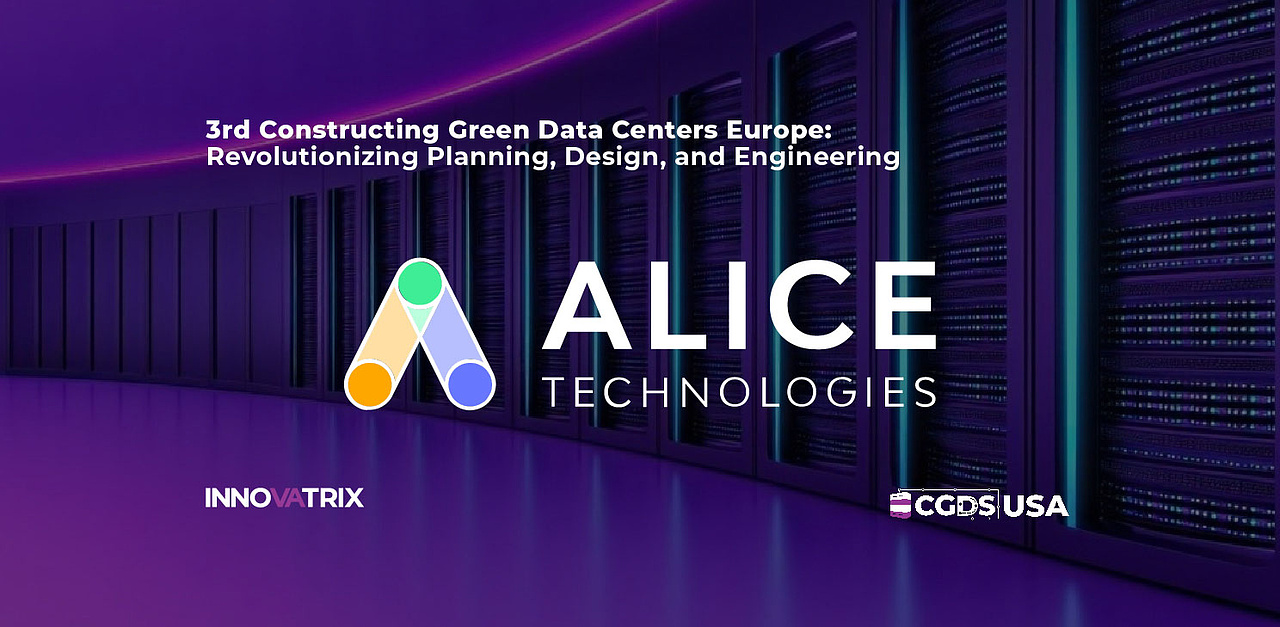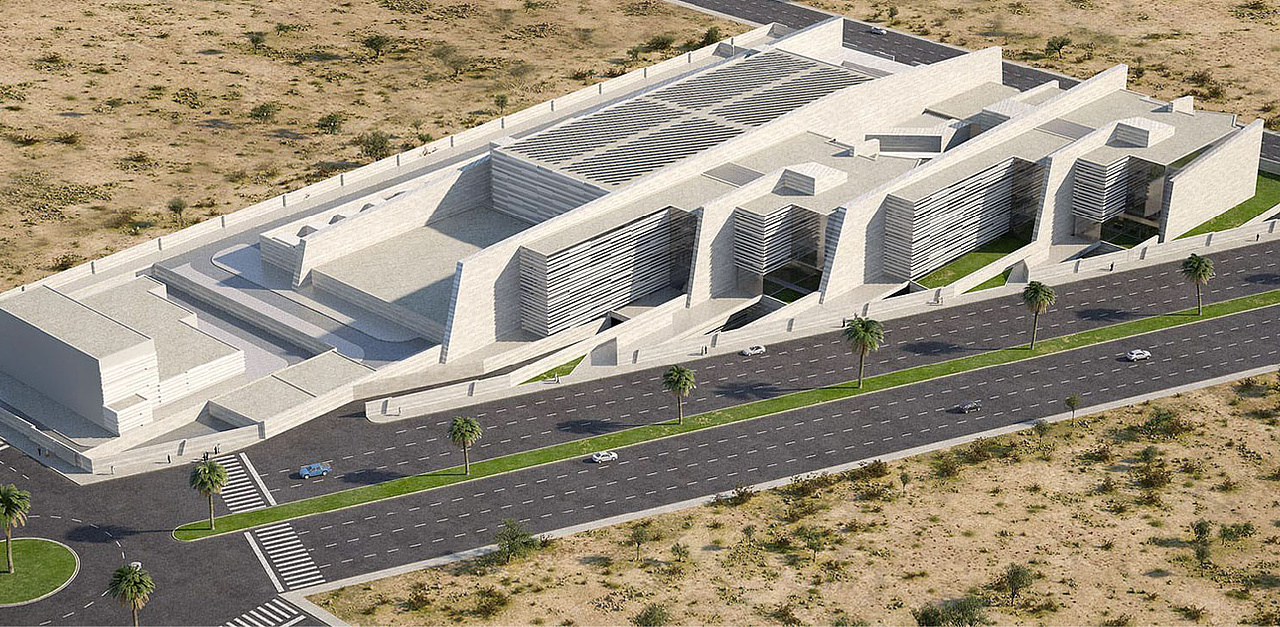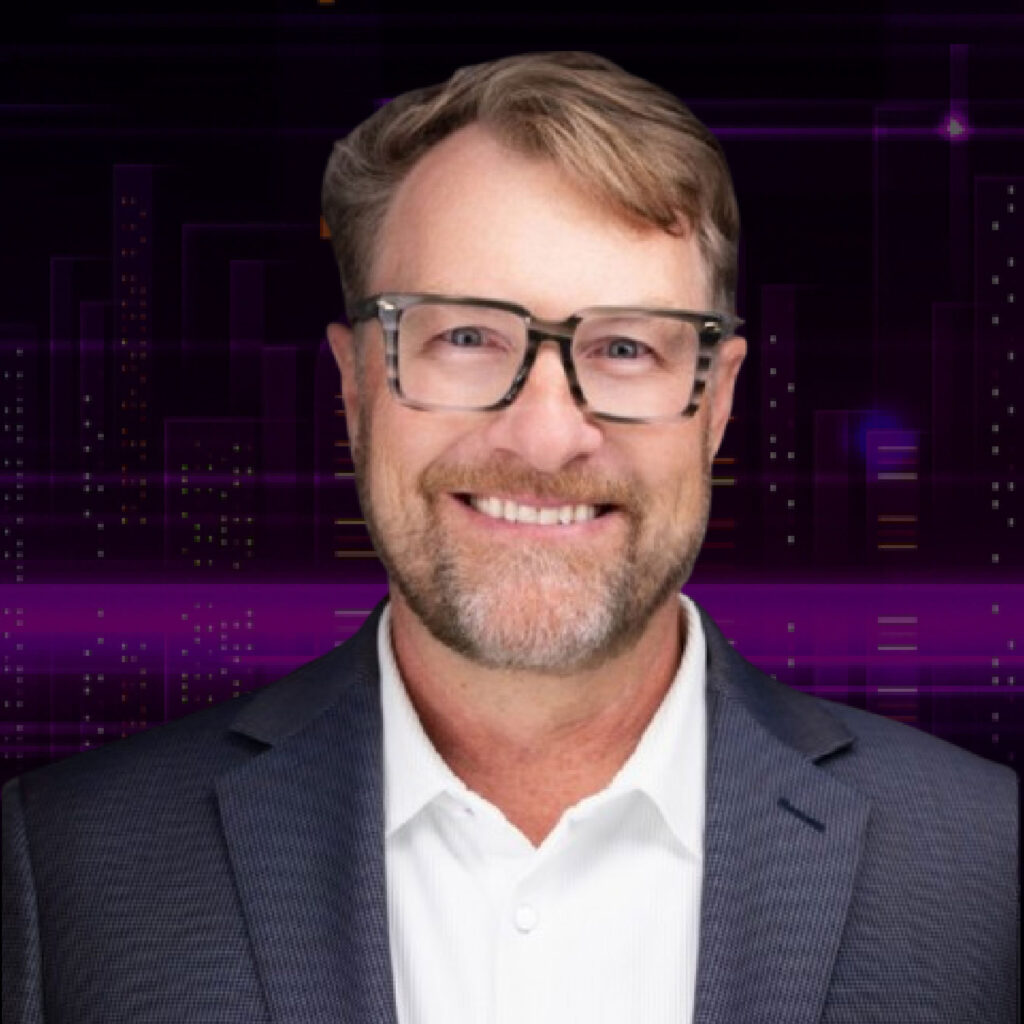A survey of datacenter professionals reveals that supply chain constraints and power availability are hampering the industry’s efforts to scale datacenter capacity.
Turner & Townsend’s 2025-2026 Datacenter Construction Cost Index report, based on 300+ projects across 20+ countries and input from 280 industry experts, identifies critical barriers to meeting AI infrastructure demand.
Nearly half of respondents (48 percent) cite power access as the biggest scheduling constraint, with grid connection wait times stretching years.
In the US, for example, some requests face a seven-year queue, although the US Energy Secretary is taking steps to address this. In Britain, developers similarly report delays requiring substation upgrades worth hundreds of millions.
The scale problem is the sheer amount of AI infrastructure currently being planned: OpenAI’s disclosed projects alone would consume 55.2 gigawatts — enough to power 44.2 million households, nearly triple California’s housing stock. Datacenters compete with housing and manufacturing for limited grid capacity across the US, UK, and Europe.
Deloitte warned in June that power requred by AI datacenters in the US may be 30 times greater inside a decade with 5 GW facilities already in the planning pipeline.
Turner & Townsend recommends on-site generation, energy storage or grid-independent power solutions to support projects, especially for AI facilities. The report’s authors propose renewables for energy creation though in reality this is likely to be generators driven by gas-powered turbines.
In addition to the power puzzle, 83 percent of industry professionals believe local supply chains cannot support the advanced cooling technology required for high-density AI deployments.
There is a growing gap in the market between traditional and AI datacenters, with the latter proving more costly to design and build. Turner & Townsend’s report says air-cooled facilities have experienced a 5.5 percent cost-per-watt increase (down from 9 percent in 2024).
In contrast, AI-optimized liquid-cooled facilities cost 7-10 percent more than equivalent air-cooled designs, the report adds.
The advice to datacenter operators? Review procurement models to bolster supply chains and support the delivery of the most urgently needed AI datacenters.
Turner & Townsend North America datacenter sector lead Paul Barry noted that AI farms are increasingly high on the priority list for many governments, but investment is at risk.
“Power availability remains a critical barrier, with long-lead times for grid connection the main constraint. There is also stronger competition than ever before for power due to increased business and consumer demand placing added pressure on grids,” he said.
“Developers and operators must adapt quickly to the evolving market landscape. AI datacenters are more advanced, and by extension, costlier. They come with greater power demands and modern cooling solutions.”
Hardware may be another factor that holds back construction. Chip makers may struggle to produce enough supply to support the massive AI buildout forecasts.
To find out more about the latest industry updates and innovations in data center construction, meet with solution providers and hear talks from expert speakers, attend the 3rd Constructing Green Data Centers: Revolutionizing Planning, Design, and Engineering, taking place February 10-11, 2026 in Las Vegas, Nevada, USA.
For more information, click here or email us at info@innovatrix.eu for the event agenda. Visit our LinkedIn to stay up to date on our latest speaker announcements and event news.
Source:













